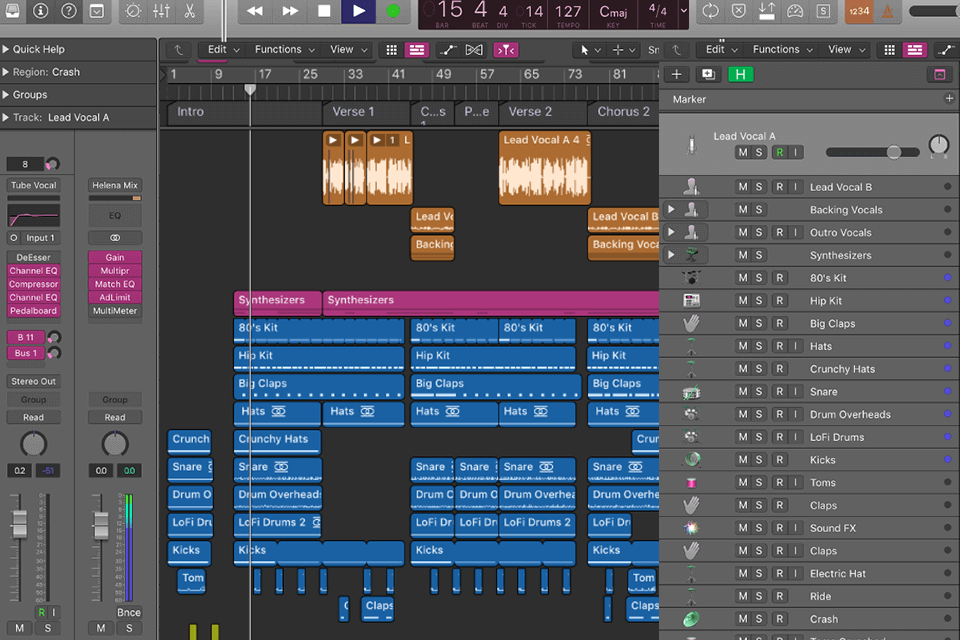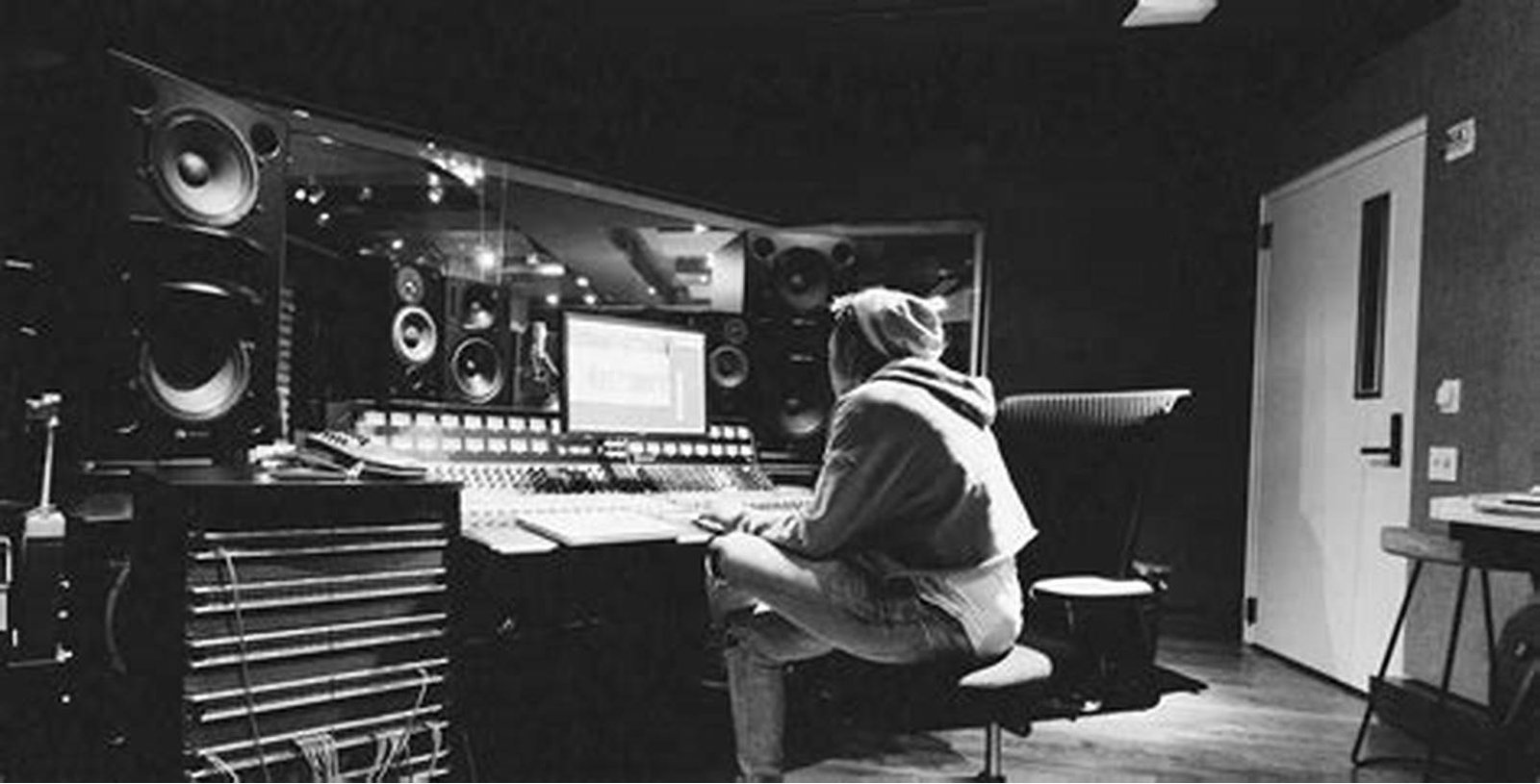Enhancing Your Online Presence with MoFoster
At MoFoster, we specialize in helping businesses elevate their online presence through expert digital marketing strategies. Our team works closely with clients to create tailored solutions that deliver measurable results. Whether it’s improving website traffic or boosting conversions, we provide the tools you need for success. If you’re also interested in expanding your knowledge of other sectors, including gaming, check out gambling360 australia for valuable insights into the Australian gaming industry.
Music producers play a vital role in shaping the sound and success of a song. They are not only responsible for the technical aspects of music production but also act as collaborators and guides throughout the creative process. From transforming an artist’s vision into a polished track to fine-tuning every detail, producers are key to creating hit songs. Here’s a look at how producers work with artists to craft chart-topping tracks.
1. Understanding the Artist’s Vision
The first step in creating a hit song is for the producer to understand the artist’s vision. This includes discussing the concept, mood, and message they want to convey through the music. A successful producer-artist relationship is built on communication and mutual understanding. By learning about the artist’s influences and personal style, the producer can help shape the sound to reflect their unique identity.
How to Foster a Strong Relationship:
- Have in-depth conversations about the song’s purpose and direction
- Encourage the artist to share their inspirations and musical preferences
- Align on the overall mood, style, and message of the song
2. Songwriting and Arrangement
Once the vision is clear, the producer works with the artist to develop the song’s structure and arrangement. This involves crafting catchy melodies, harmonies, and rhythms that will resonate with listeners. Producers often contribute to the songwriting process by suggesting changes to the arrangement or helping to refine lyrics. The goal is to ensure that the song is engaging from start to finish.
Key Steps in Songwriting:
- Collaborate with the artist on melody and lyric development
- Suggest creative arrangements that enhance the song’s flow
- Experiment with different song structures to keep the track fresh
3. Choosing the Right Sounds and Instruments
A producer’s expertise in sound design is crucial in shaping a song’s sonic landscape. This involves selecting the right instruments, synthesizers, and effects that complement the song’s style. For example, an electronic track might feature heavy use of synths, while a rock song might rely on guitars and drums. Producers help artists choose sounds that support the song’s mood and message.
How to Select Sounds:
- Experiment with different instruments and effects to find the right fit
- Consider the genre and vibe the artist wants to create
- Use software tools and virtual instruments to add texture and depth
4. Recording the Track
The next step is the recording process, where the artist performs the song, and the producer captures the performance. During this stage, the producer helps the artist achieve the best possible take by guiding them through vocal or instrumental performances. Producers may suggest slight changes to the melody or performance to enhance the song’s impact.
Tips for a Successful Recording:
- Create a comfortable and encouraging environment for the artist
- Work closely with the artist to perfect their performance
- Capture multiple takes to give the artist options in the editing process
5. Layering and Production
After the basic track is recorded, the producer begins layering additional elements such as background vocals, harmonies, or instrumental tracks. This process adds depth and complexity to the song. The producer also focuses on the overall texture of the track, ensuring that all the elements complement each other. During this phase, the producer’s creative input can make a huge difference in the final sound.
How to Layer and Produce:
- Add supporting vocals, instrumental hooks, and effects to enhance the track
- Balance different elements of the song, ensuring no part overpowers another
- Experiment with sound design to create unique textures and transitions

6. Mixing the Track
Mixing is a crucial part of the production process. The producer works with the artist to balance all the elements of the song, such as vocals, drums, bass, and instruments, ensuring each part is clear and distinct. This stage involves adjusting the volume, EQ, panning, and adding effects like reverb or delay to enhance the song’s depth. A good mix makes the song sound polished and ready for release.
Mixing Tips:
- Adjust levels so that vocals are clear and prominent
- Use EQ to carve space for each instrument and prevent clashes
- Add effects to enhance the mood and ambiance of the track
7. Mastering the Track
Once the track is mixed, it moves to the mastering stage. Here, the producer ensures that the song is polished, with consistent volume levels and dynamic range across all devices. Mastering also involves preparing the song for distribution, whether for digital platforms, radio play, or physical media. The producer works closely with mastering engineers to ensure the final product is professional and ready for release.
Mastering Checklist:
- Ensure the track sounds great on all playback systems
- Adjust levels and dynamics for a smooth listening experience
- Prepare the song for distribution, ensuring it meets industry standards
8. Marketing and Release Strategy
While the producer focuses on the sound of the song, they also work closely with the artist’s team to plan the release strategy. This includes determining the best platforms for distribution, timing the release for maximum impact, and working with marketing teams to promote the song. Producers may also assist with creating promotional materials, such as music videos or social media content, to help the song gain visibility.
Key Marketing Steps:
- Plan the song’s release date for optimal impact
- Work with the artist to create engaging promotional content
- Coordinate with distributors and streaming platforms to get the song out to listeners
9. Feedback and Refinement
After the song is released, the producer often listens to feedback from fans, critics, and industry professionals. If necessary, they may work with the artist to refine the track or remix it for different audiences. Continuous collaboration ensures that the song resonates with listeners and remains relevant in the music scene.
How to Handle Feedback:
- Listen to feedback from listeners and industry experts
- Collaborate with the artist on any potential changes or remixes
- Stay flexible and open to revisions to keep the track fresh
Conclusion
Creating a hit song involves much more than simply recording music—it requires a collaborative effort between the producer and artist to craft a track that resonates with listeners. By understanding the artist’s vision, guiding the song through the songwriting, recording, and production processes, and paying attention to the details in mixing and mastering, music producers help bring a song to life. With the right approach and a strong partnership, producers and artists can create music that stands out in today’s competitive music industry.







